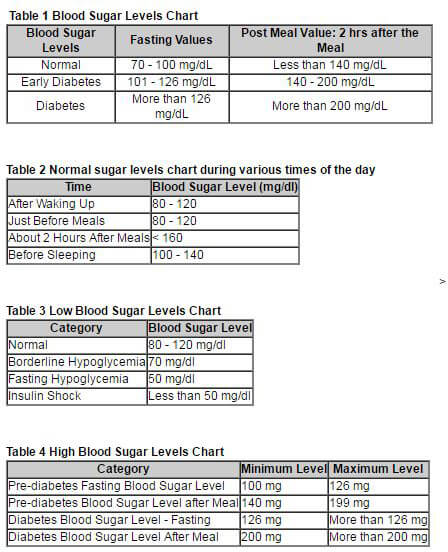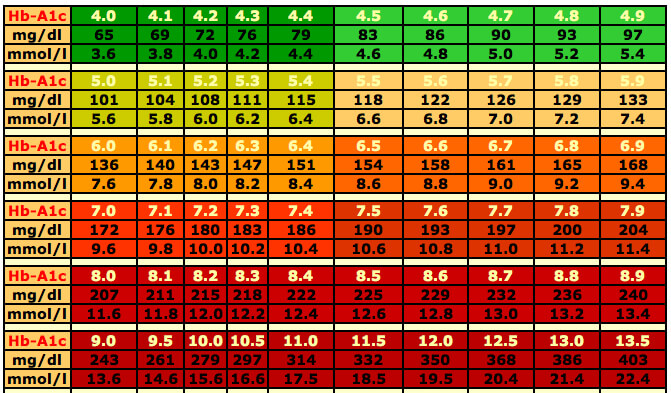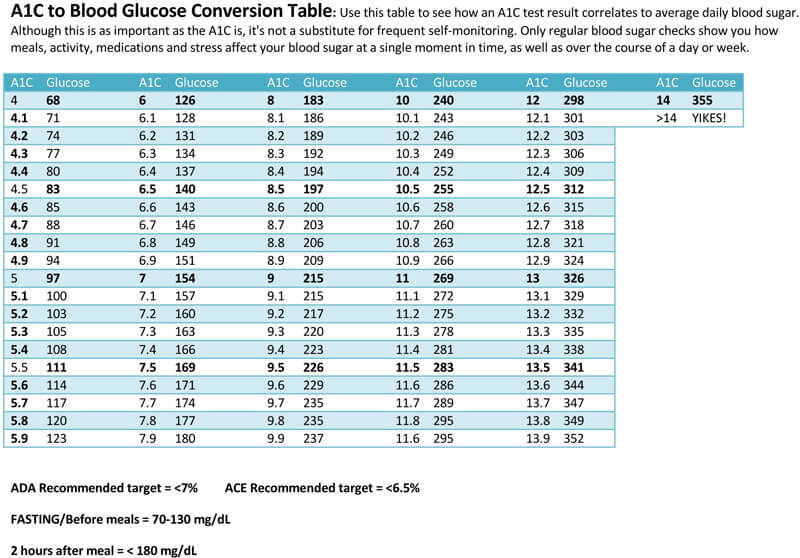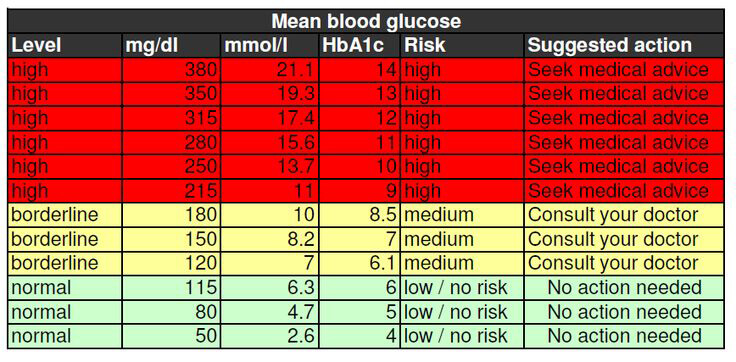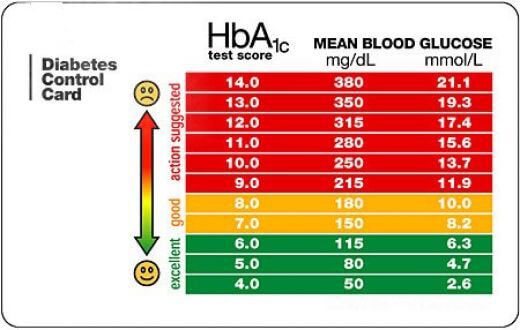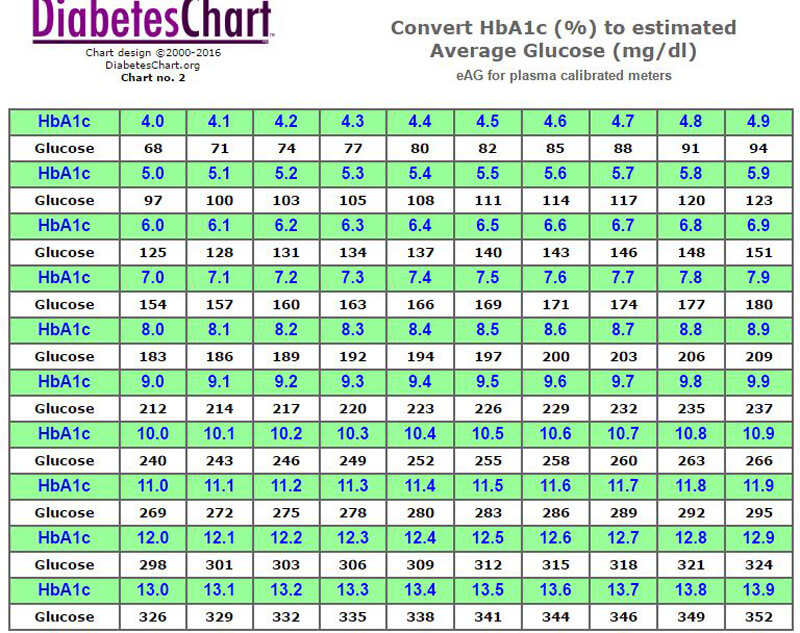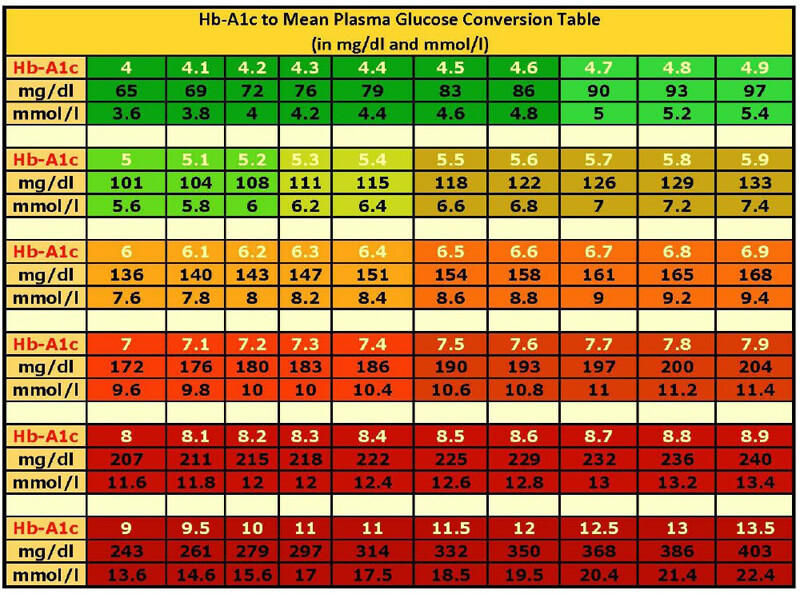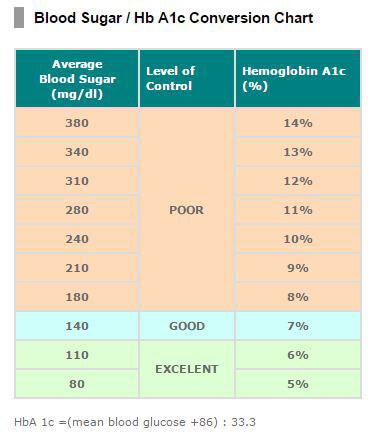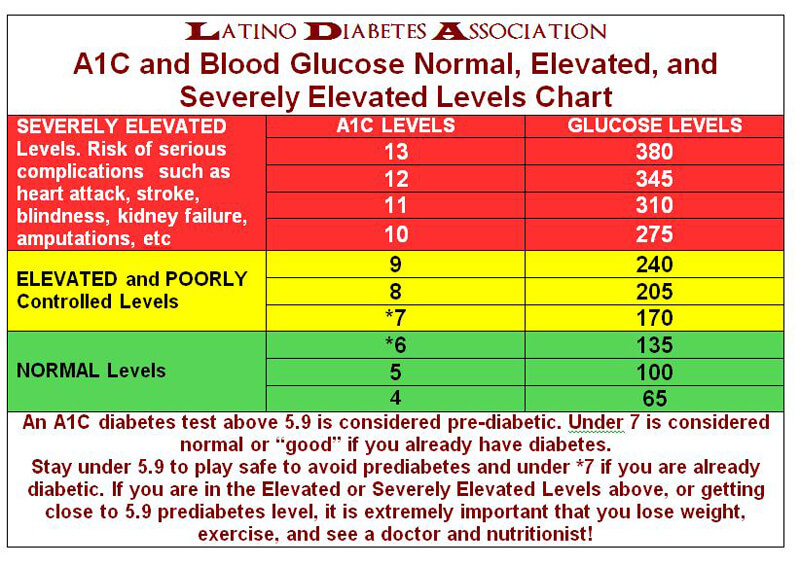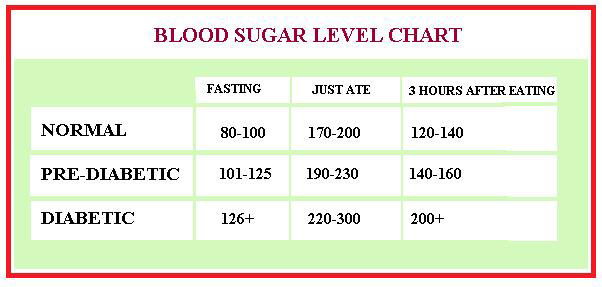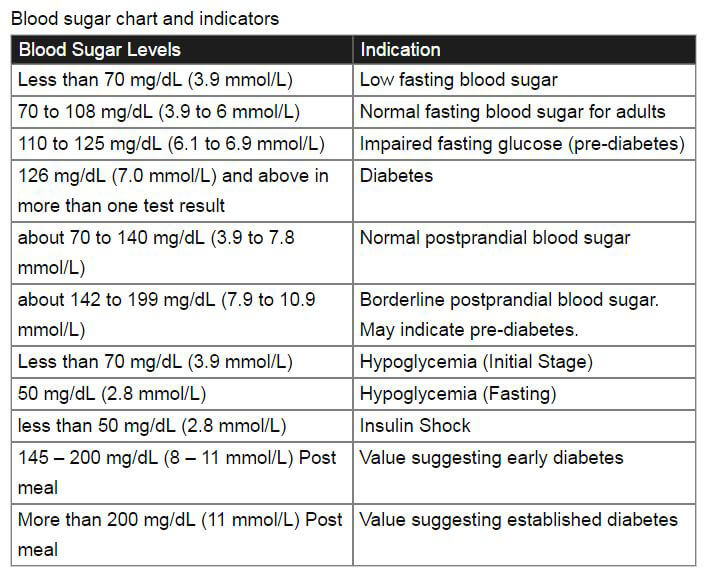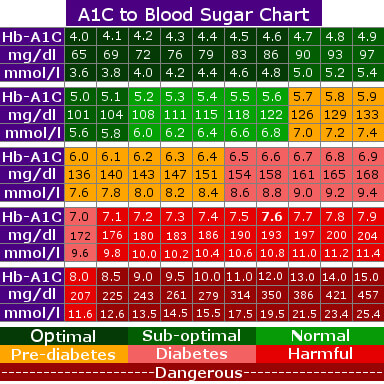The blood sugar level is the concentration of sugar in the bloodstream of an individual measured with the help of a normal blood sugar levels chart. This glucose is often vital in the proper functioning of the body systems since it is the source of energy for all cells. Nevertheless, its concentration is carefully monitored and controlled by the endocrine system more so the pancreas through insulin secretion since too much or too low sugar levels in the body are very dangerous and even fatal.
Insulin and sometimes glucagon hormones always ensure that blood sugar levels stay within the normal ranges of 70 to 130 mg/dL in non-diabetics.
Therefore, glucose levels above 140mg/dL should be a concern since if not rectified might lead to hyperglycemia, which is a diabetes sign, whereas levels below 70mg/dL are also critical and might result in hypoglycemic conditions. These conditions often present higher risks for other medical complications such as loss of feeling, blurry vision, kidney damage, heart attacks, and stroke in cases of hyperglycemia and loss of consciousness, seizures, coma, and death for the hypoglycemic conditions.
How to Test Blood Sugar?
These dangers thus advocate for the importance of observing ones’ health through diets to ensure that they do not consume too much or too little glucose and an emphasis on regular medical checkups more so when an individual begins experiencing some of the associated signs and symptoms. Even though the signs and symptoms might be pointing toward irregular blood glucose concentration, specific tests are often required to make the diagnosis conclusive thus, below are some of the blood glucose level tests.
Glycated hemoglobin (A1C) test
A1C Test could be attributed to a random blood test that does not require fasting, and it often indicates the blood sugar level of an individual for the past two or three months. This technique is unique since it utilizes the concept of sugar attachment to hemoglobin. From the results, the clinician always calculates the percentage of blood sugar attached to hemoglobin with the interpretation being, the higher the rate, the higher the glucose concentration in the blood.
Thus, an average of 6.5 percent or above on any following tests indicates a diabetic condition, whereas a percentage lower than 6.5 up to 5.7 is prediabetic, with below 5.7 being considered average glucose concentration. This test may often be inconclusive or inaccurate due to certain underlying conditions such as pregnancy or hemoglobin variant; thus, the following tests may be carried out.
Random blood sugar test
During this test, a blood sample is taken at any random time, regardless of the feeding time. Random results of about 200mg/dL or higher reflect a high blood sugar concentration.
Fasting blood sugar test
This test utilizes a blood sample taken from an individual who has gone without a meal for 8 hours or overnight. The results will, therefore, show different readings according to blood glucose concentration with levels of 100 mg/dL and below is normal, 100 to 125 mg/dL indicating prediabetes and above this is a direct diabetic indication.
Oral glucose tolerance tests
This test entails several procedures with the first fasting for 8 hours/overnight; then, the fasting blood test is done first. This is followed by drinking a sugary drink immediately then blood sugar testing done periodically over a period of two hours. For this test, normalcy is always at 140 mg/dL; above this to 199 mg/dL may be prediabetes and, finally, 200 mg/dL and above being a critical diabetic condition.
Understanding the results
Depending on the tests carried out by your doctor, he or she will explain the results for you to understand better. For normal blood sugar levels, the result should range between 80-120 when you wake up, 80-120 before the meal, and less than 160 after meals. For low blood sugar, the results range at 70mg/dl and below before meals, 50mg/dl when fasting, and less than 50 mg/dl under insulin shock. Lastly, for high blood sugar cases, the results range between 100-126mg/dl on fasting, 140-199 before meals, and 200+ after meals.
Related: Free Blood Pressure Chart and Log Sheets
Free Normal Blood Sugar Levels Charts
Common Duration for the Tests
The fasting column could be used to interpret readings after going for 8 hours without food. This is, however, commonly applied during the morning hours before eating any meal just immediately post waking up. This reading is consistent with that before meals; however, it might fluctuate depending on the time of the last meal. Another common duration for blood sugar testing is approximately two hours postprandial (after a meal). These common durations are internationally used to create normal blood sugar levels charts like the ones above to provide for easy and consistent diagnosis.
Furthermore, individuals with pre-existing conditions of high and low blood sugar levels often have their own normal blood sugar levels charts since their bodies are dependent on synthetic insulin and drugs as opposed to normal body sugar regulation. They however require constant blood sugar level monitoring hence they may or may not utilize the common durations methods since they often have devices installed in severe cases which monitors blood glucose periodically like in 5 minutes interval with a course-correcting mechanism of automatic insulin injection in circumstances that their blood sugar levels surpass their estimated range of levels as shown above.
Disclaimer
The information provided here is not 100% guaranteed, Please consult your doctor for more information.
Closing Summary
In conclusion, blood glucose concentration is a serious medical topic that should be taken seriously by every individual. This is because it has affected many lives through some of its adverse symptoms and related medical complications, and it has claimed many lives throughout the world. Some of the conventional testing methods applied by specialists include the A1C test, random test, fasting, and oral glucose tolerance tests, all of which are used to determine whether blood glucose levels are high or low.
Blood sugar level charts have also been created in correspondence with standard testing durations after waking up and postprandial to help in result interpretation. Individuals should, therefore, observe their health choices through diets, exercises, and regular checkups to ensure they stay free of blood sugar disorders and associated complications.
